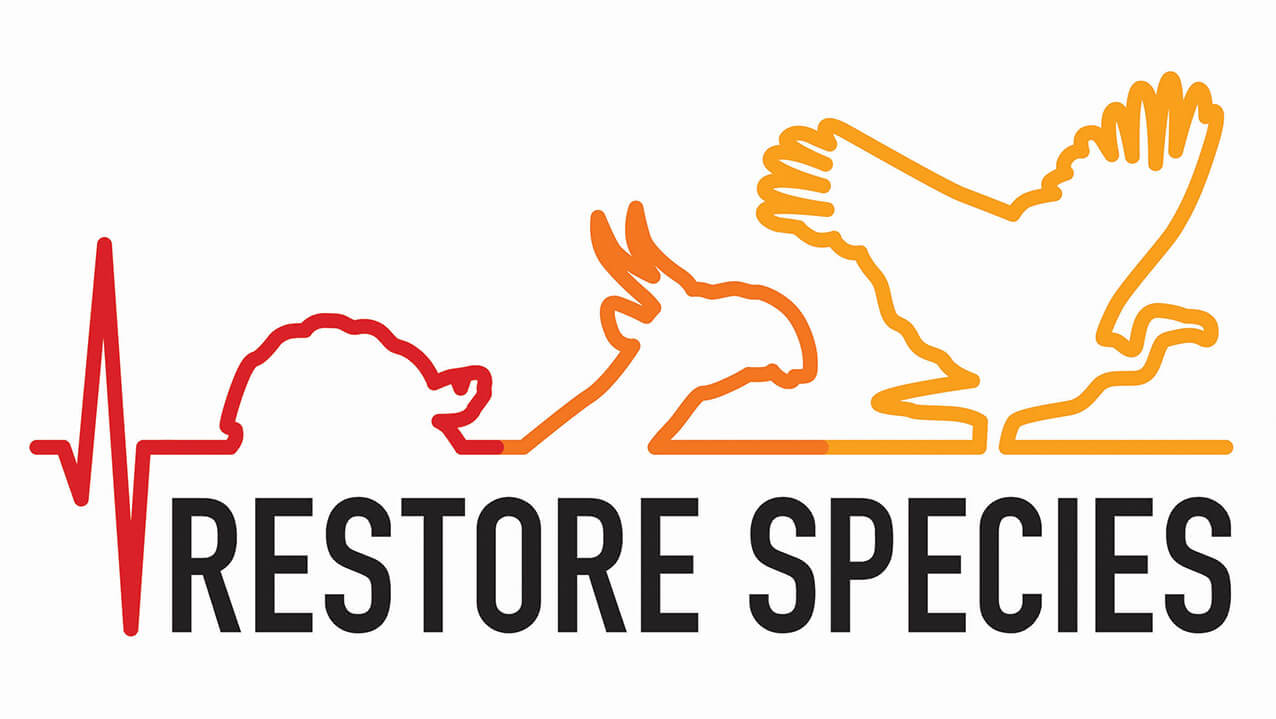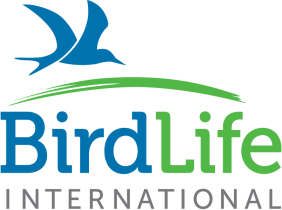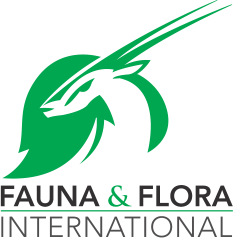Vultures are unsung heroes that could be poisoned to extinction before they’re fully appreciated. Icons of the savanna, vultures are disease-defeating carcass-cleaners that are essential to the healthy functioning of ecosystems.
The problems faced are deep-rooted and complex, but we have shown through pilot projects that we can make a real difference for these amazing soaring birds. We now need to scale up our response.
The problem: poisoning
Across Africa and Southeast Asia, vultures have suffered catastrophic and unprecedented population declines mainly because of poison.
11 of 16 African-Eurasian vulture species are at risk of extinction in our lifetimes.
The main cause is the poisoning of carcasses on which they feed; whether the vultures are the intended or accidental victims, they are the most efficient scavengers and so suffer the worst losses, in some cases dropping dead from trees or out of the air within metres of a poisoned carcass.
In the last 50 or so years, populations of seven of the 11 African vulture species have plummeted by 80–97%, and four species are now Critically Endangered.
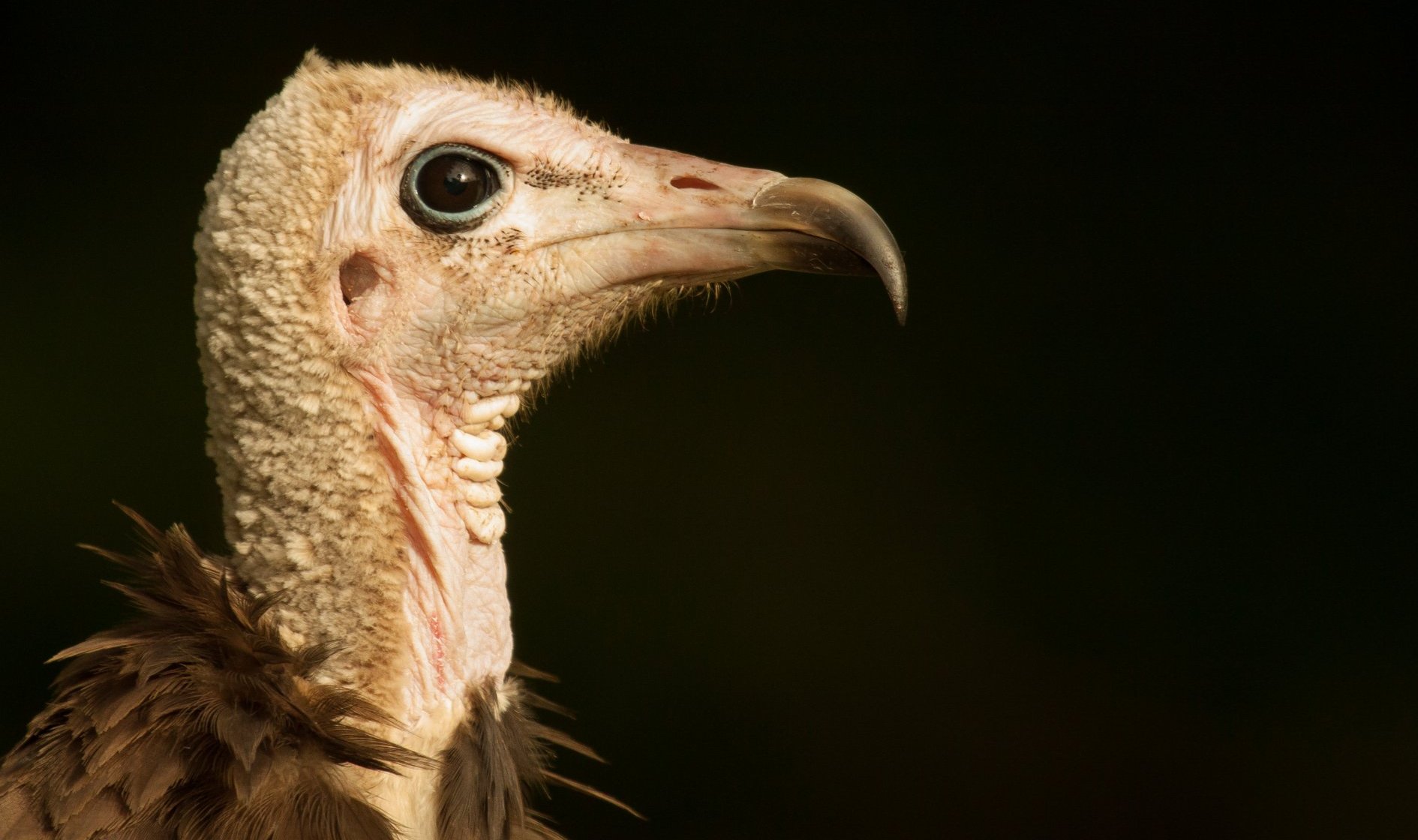
Hooded Vulture (Critically Endangered) © Barend van Gemerden / BirdLife
Vultures were once widespread and abundant in Asia; this was especially true of South Asia, where poisoning by a veterinary drug caused populations to crash by around 99%. Small numbers persist in South-east Asia, but are almost entirely restricted to Cambodia. But even there, secondary poisoning and a diminished natural food supply poses a large threat to three Critically Endangered species.
Three drivers of vulture poisoning:
- Poison is used to bait cattle carcasses, targeting carnivores such as big cats that attack livestock (‘human-wildlife conflict’, especially in Africa, often because of habitat encroachment) or feral dogs (‘pest control’, especially in Cambodia), and scavenging vultures are the unintended victims.
- Vultures are killed, often with poison, to supply trade in body parts for ‘belief-based use’ such as juju and muthi (western and southern Africa)
- In Africa, soaring vultures act as sentinels, alerting rangers to the presence of a poached elephant. As a result, poachers deliberately lace the carcass with poison to kill as many vultures as they can.
Up to 500 Critically Endangered vultures can be poisoned at a single elephant carcass.
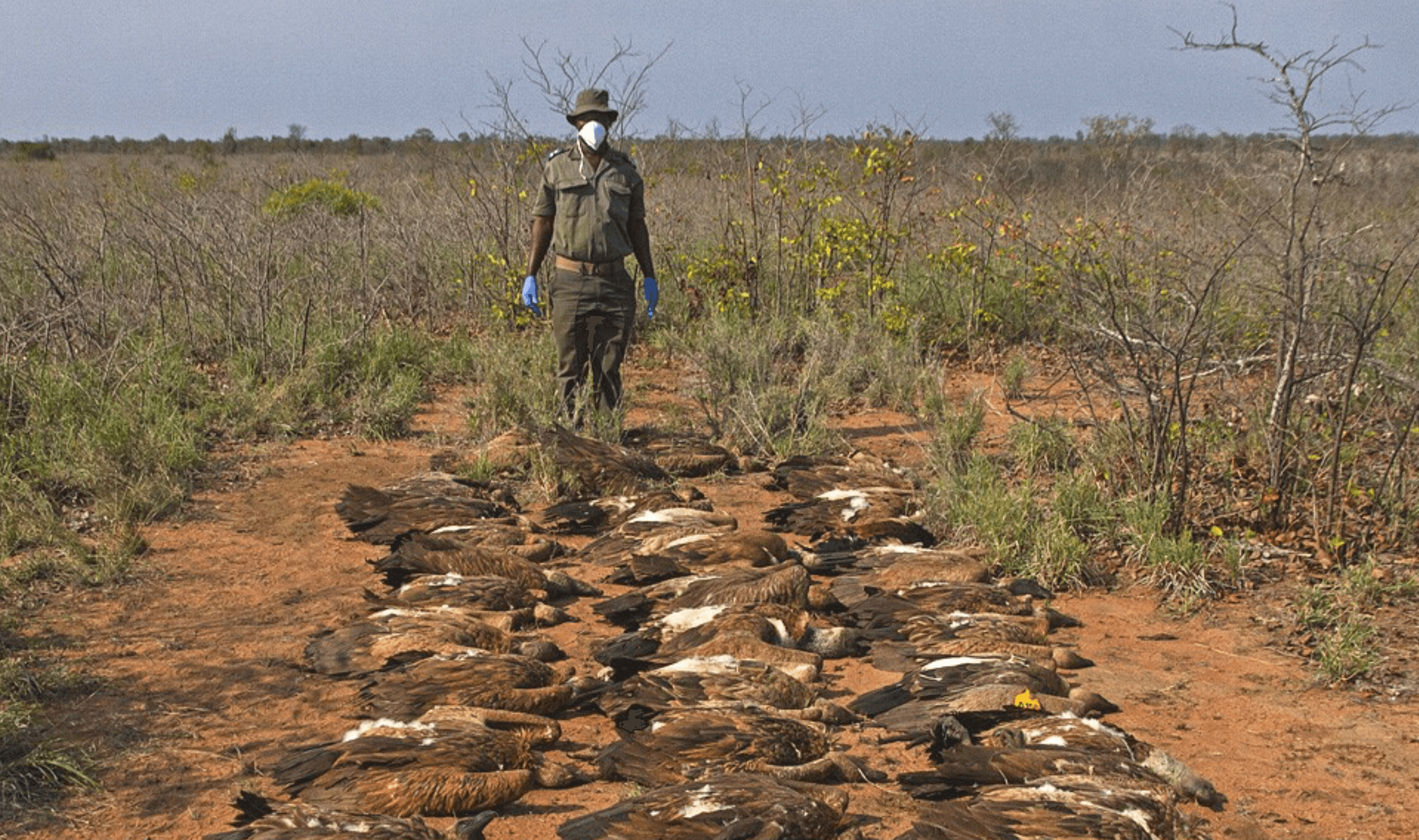
Dead vultures found at a poisoned carcass © Andre Botha
Our response
Restore Species Vision: Populations of vultures in Africa and Southeast Asia are safe from poisoning in all its forms, with conservation status of all species back to favourable levels
Aim: To reduce vulture deaths from poisoning through direct action at vulture hotspots in at least six key African countries and Cambodia, and support replication elsewhere to increase impact
Actions & outcomes:
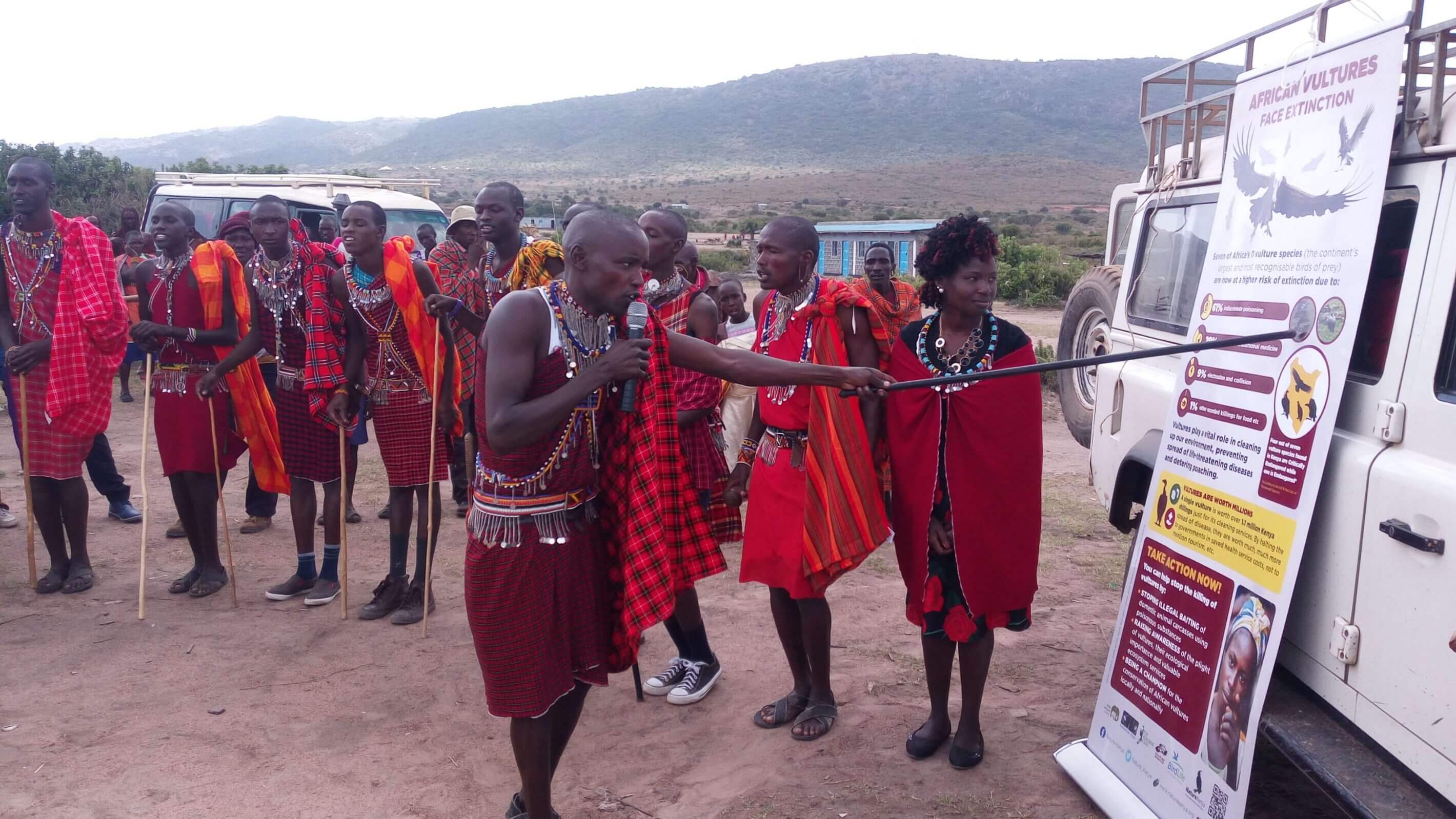
The Buffalo Dancers – a community ‘Vulture Support Group’ in Kenya, helping to find alternative solutions to protect livestock without resorting to poisoning © Nature Kenya (BirdLife in Kenya)
Poisoning Rapid Response Mechanisms set up
A poisoned carcass can be imagined like the scene of a toxic crime; it needs to be contained to prevent devastating knock-on effects, with samples and evidence taken to support prosecution. It needs to be fast – before vultures, which have incredible eyesight, glimpse the carcass from up high. A successful pilot project in Kenya showed that Poisoning Rapid Response Mechanisms—trained teams with skills, equipment and connections to community leaders law enforcement agencies—can reduce vulture deaths by poisoning, and now we will roll out similar mechanisms elsewhere in Africa and in the dry forests of northern Cambodia.
Vulture Safe Zones created
Our vision is a world where vultures can once again scavenge safely without the risk of poisoning, but until we get there, Vulture Safe Zones (VSZs) have proven a successful conservation approach in South Asia. These are a type of large-scale management formally recognising actions for vulture conservation but not necessarily involving Protected Areas, and are put in place through agreements with landowners and communities to prevent vulture killing and reduce poisoning (including from trade-see below), including the provision of supplementary food (where appropriate) and active monitoring. It can also take in other threats to vultures where they exist. VSZs are promoted through local and national policy and awareness-raising. Learning from lessons from South Asia and pilots in Zambia, we will promote the creation of Vulture Safe Zones, targeting 10,000 km2 of vulture habitat, promoted through local and national policy and awareness-raising and with local monitoring.
Vultures made safe from poisoning for trade in body parts
‘Belief-based’ use of vulture body parts has taken place for many years, but with the rapid growth of human populations and ready availability of highly toxic poisons the negative impacts on vultures have grown, mainly in Africa. Our response is based on a deep investigation into its drivers, users, and network of practitioners, sensitive and strategic public awareness and behaviour change approaches, and support to law enforcement, whilst developing suitable livelihood options and plant-based alternatives to vulture (and other wildlife) parts. Strengthened legislation may be needed in some cases, for example where domestic trade remains legal. We aim to make 15 major markets vulture-free: body parts not sold, and sales not displaced elsewhere.
